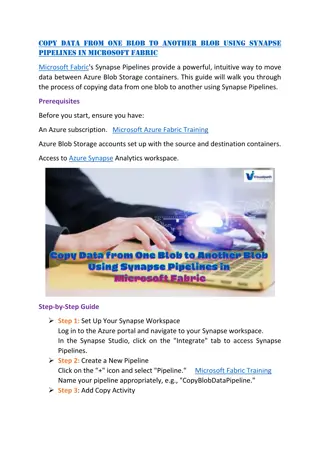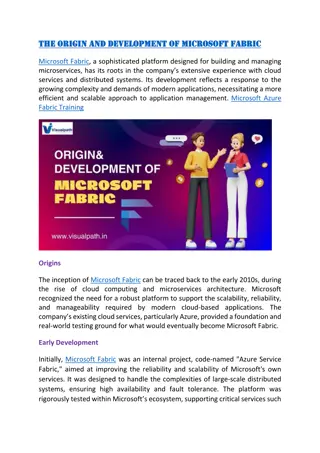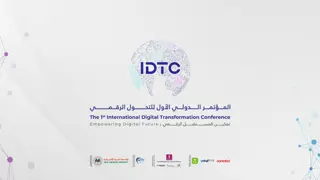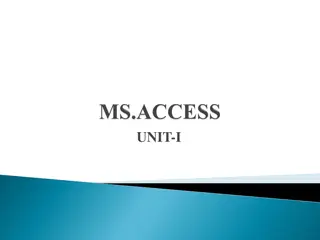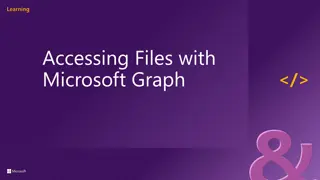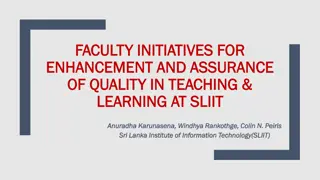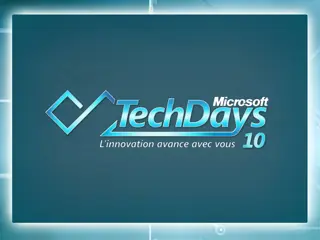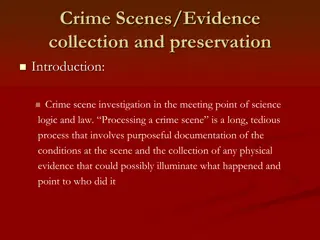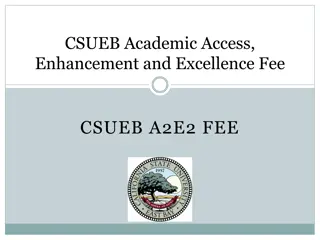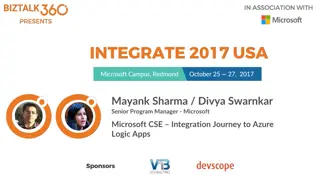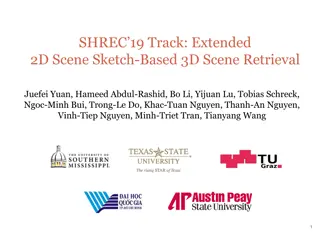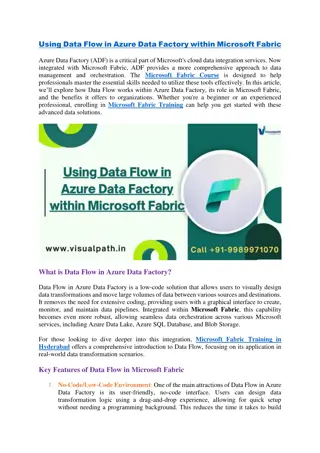Microsoft Academic Services: Behind the Scene - Architecture and Knowledge Enhancement
Microsoft Academic Services provide a comprehensive view into the architecture and processes involved in enhancing knowledge publication data. From information extraction to conflation, disambiguation, and knowledge refinement to learning, the MAKES framework utilizes advanced techniques to improve entity recognition and semantic understanding. Through various methods like lexical expression identification, author and affiliation details extraction, topic keyword mapping, and more, Microsoft Academic Services aim to streamline access to scholarly information and facilitate research discovery. The platform also emphasizes the importance of metadata-aware text classification and entity saliency assessment for ensuring data integrity and reliability in academic settings.
Download Presentation

Please find below an Image/Link to download the presentation.
The content on the website is provided AS IS for your information and personal use only. It may not be sold, licensed, or shared on other websites without obtaining consent from the author.If you encounter any issues during the download, it is possible that the publisher has removed the file from their server.
You are allowed to download the files provided on this website for personal or commercial use, subject to the condition that they are used lawfully. All files are the property of their respective owners.
The content on the website is provided AS IS for your information and personal use only. It may not be sold, licensed, or shared on other websites without obtaining consent from the author.
E N D
Presentation Transcript
Microsoft Academic Services: Behind the Scene May 2021
Overall Architecture Entity Knowledge Publication Data Information Extraction Conflation & Disambiguation Knowledge Refinement & Learning Index & Serving (MAKES) Microsoft Academic Graph REST API
Information Extraction Identify lexical expressions of entities Article titles Authors + Affiliations Topic keywords Citations and Citation Contexts Lookup and embrace alt expressions Left undone Funding acknowledgment Figure/table understanding Publication/Citation Data Made easier by open access Crawling entire web becoming overkill
Conflation & Disambiguation Paper & Paper family LSH on article title Author sequence DOI Author Name key clustering Author profile (cf. Ext Knowledge) Affiliation and topic expertise Co-authorship and venue External Knowledge Author CVs Institution homepages Journal/Conference homepages
Knowledge Refinement & Learning Entity creation and attrition New authors, journals, institutions Topic taxonomy adjustment Language/network similarity models Link strength/missing link prediction Related entity recommendation Saliency assessment Temporal eigenvector centrality Malicious content (e.g., fake paper/journal) detection
Q/A Related articles: https://doi.org/10.3389/FDATA.2019.00045 https://doi.org/10.1162/QSS_A_00021 [www-2021] MATCH: Metadata-Aware Text Classification in A Large Hierarchy (arxiv.org)








